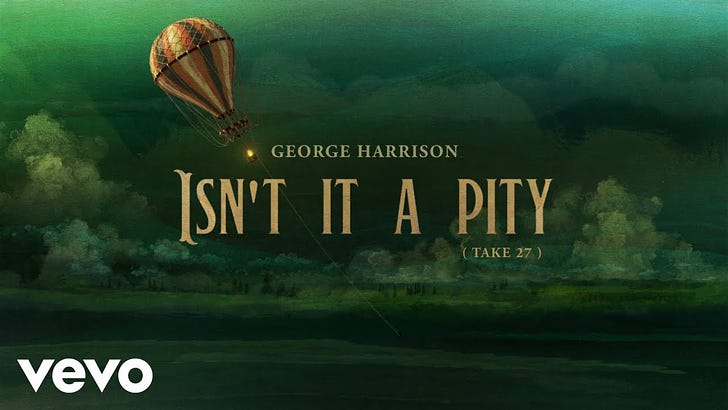All Things Must Pass: 50th Anniversary Deluxe Edition (Apple/Capitol/UMe)
All Things Must Pass Away: Harrison, Clapton, and Other Assorted Love Songs, by Kenneth Womack and Jason Kruppa (Chicago Review Press).
A few weeks ago I recorded a "Fab 4 Free For All" podcast with my Long Island homeboys Mitch Axelrod, Rob Leonard, and Tony Traguardo. (Airdate TBA). I had met them in fall 2018, at the "The Beatles' The White Album: An International Symposium" marking the 50th anniversary of its release, at Monmouth University in New Jersey. Kenneth Womack hosted the 50th anniversary shindig.
Womack, Professor of Popular Music and English at Monmouth, is the author of a two-volume biography of George Martin, among many other writings.
Jason Kruppa, his co-author on the new book, All Things Must Pass Away: Harrison, Clapton, and Other Assorted Love Songs, was introduced to me by my friend Tim Riley, who teaches at Emerson College in Boston. Riley is one of the few switch-hitters in music criticism, …
Keep reading with a 7-day free trial
Subscribe to Critical Conditions by Wayne Robins to keep reading this post and get 7 days of free access to the full post archives.



